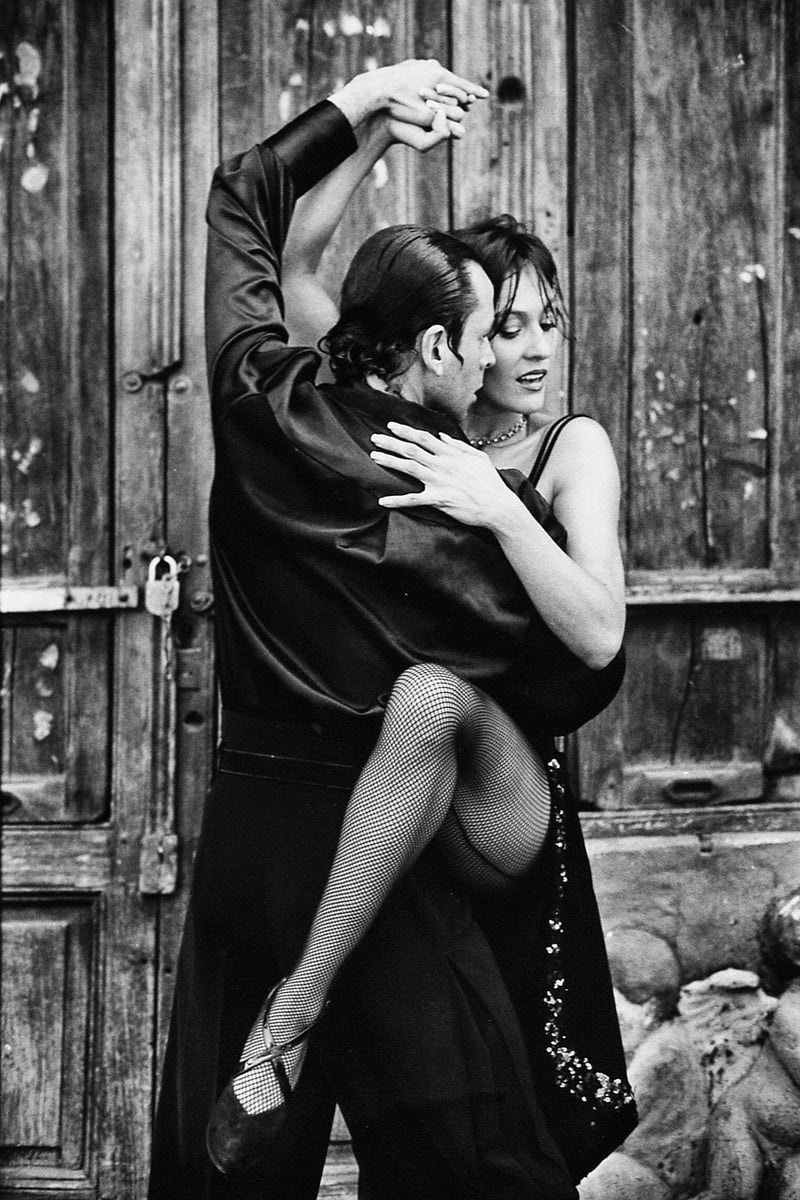Hip Hop
The Power of Expressive Movement in Hip Hop
When it comes to the world of dance, few genres are as dynamic and expressive as hip hop. Originating from the streets of New York City in the 1970s, hip hop dance has evolved into a global phenomenon that incorporates a wide range of styles, techniques, and influences. At the heart of hip hop dance is the concept of expressive movement, where dancers use their bodies to convey emotions, tell stories, and connect with audiences on a deeper level.
The Elements of Expressive Movement in Hip Hop
Hip hop dance is characterized by its high energy, fluid movements, and emphasis on individual style and creativity. Dancers often use a combination of isolations, popping, locking, and breaking to create visually stunning performances that captivate viewers. Expressive movement in hip hop goes beyond just executing choreography - it's about infusing each movement with personal meaning and emotion.
1. Isolations
Isolations are a key element of hip hop dance that involve moving specific body parts independently from the rest of the body. Dancers may isolate their arms, legs, torso, or head to create sharp, precise movements that draw attention to different parts of the body.
2. Popping and Locking
Popping and locking are two distinct styles of hip hop dance that focus on creating sudden, jerky movements (popping) and freezing in specific poses (locking). These techniques add texture and contrast to a dancer's performance, allowing them to play with rhythm and tempo.
3. Breaking
Breaking, also known as breakdancing, is a dynamic and acrobatic style of hip hop dance that incorporates floorwork, spins, flips, and intricate footwork. Breakers use their entire bodies to create powerful and gravity-defying movements that leave audiences in awe.
The Emotional Impact of Expressive Movement
Expressive movement in hip hop is not just about showcasing technical skill - it's also a powerful form of self-expression and storytelling. Dancers use their movements to convey emotions such as joy, anger, sadness, and resilience, allowing audiences to connect with the performance on a personal level.
Whether it's a freestyle cypher on the streets or a choreographed routine on stage, hip hop dancers have the ability to command attention and evoke strong emotions through their movements. The combination of music, movement, and personal expression creates a unique and unforgettable experience for both dancers and spectators.
Embracing Diversity and Individuality
One of the most beautiful aspects of hip hop dance is its celebration of diversity and individuality. Dancers come from all walks of life and backgrounds, bringing their own unique perspectives and experiences to the art form. Expressive movement in hip hop allows dancers to embrace who they are, tell their stories, and connect with others through the universal language of dance.
So whether you're a seasoned dancer or someone who just loves to groove to the beat, take a moment to appreciate the power of expressive movement in hip hop. It's more than just dance - it's a form of art, a mode of communication, and a way to celebrate the richness and diversity of human expression.

Let the music move you, let your body speak, and let the world see the power of expressive movement in hip hop.
